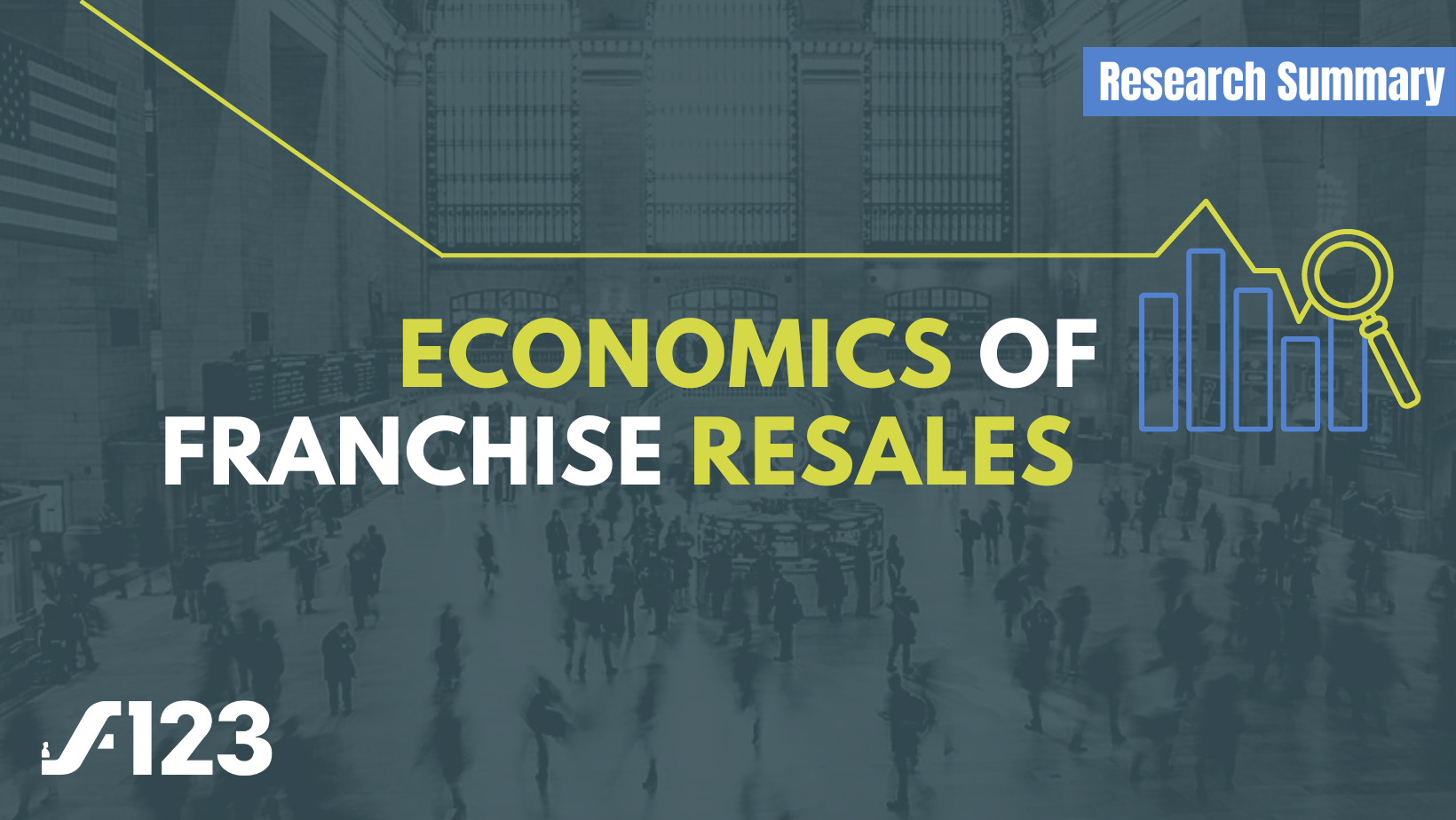 (1).jpg)
Our last post on cash flow covered how to read a cash flow statement and why it’s important. This post will cover how to construct the statement of cash flows using the indirect method, which is used for accrual accounting. Even with an accountant on staff, this is something every small business owner should know how to do.
Preparing Your Cash Flow Statement: First Steps
The statement of cash flows is the third financial statement you should prepare. At this point, you should already have both the income statement and the balance sheet prepared. This is important because the statement of cash flows relies on numbers from these two statements.
First, you’ll need to decide the time period your statement of cash flows will cover. The template provided below is based on yearly cash flow, but it’s also possible to prepare one monthly or quarterly.
Second, you’ll need to have both this year’s and previous year’s balance sheet ready, as well as your current income statement. The previous year’s balance sheet will provide your beginning cash balance, and the current year’s income statement will provide net income.
Download this cash flow statement template to understand in-depth how the numbers of the statement come together. As mentioned previously, the three cash flow activities include inflows and outflows from operations, investing, and financing.
Creating Your Statement: The Details
The first section of the cash flow statement is cash flows from operating activities. Net income is the first number in this section, which is found at the bottom of the income statement. This number represents the net earnings of the company, found by subtracting all expenses from the company’s revenues.
Added to net income are all noncash expenses. Although these expenses affect net income and are subtracted from revenue on the income statement, they don’t reduce the amount of cash that flows out of the business, so they are added back to net income for the purposes of the cash flow statement.
In the template, we’ve included line items for the most common types of noncash expenses and left an “other” category in case there are any other expenses.

Next, we account for changes in net working capital. Net working capital is defined as current assets minus current liabilities. Last period’s working capital should be taken from the last balance sheet, and this period’s from your newly constructed balance sheet.
Last period’s net working capital should be subtracted from the current period’s net working capital to arrive at the cash inflow or outflow. If the number is positive, this represents a cash outflow. If the number is negative, this represents a cash inflow.
To make sure your understanding of this concept is complete, we’ve included the four types of situations in which net working capital is impacted. This is further illustrated by the current assets and current liabilities section on the cash flow template.
Current Assets
For the current assets, a decrease would mean a cash inflow (ex. cash is collected from a customer who paid on account), and an increase would mean a cash outflow (accounts receivable increases and cash receipts are delayed).
Current Liabilities
An increase in current liabilities indicates a cash inflow (accounts payable increases, delaying cash payments), and a decrease in current liabilities indicates a cash inflow (accounts payable decreases, and cash is paid to settle account).
Cash Flow from Investing Activities
The second section of the statement of cash flows is the cash flow from investing activities. It involves subtracting the outflows of cash resulting from the purchase of fixed assets and marketable securities from the cash inflows.
These items can be found by comparing the previous year’s balance sheet to the current year’s balance sheet and taking the difference between them for both line items. Fixed assets may be labeled as PP&E (Property, Plant, & Equipment) on the balance sheet, and marketable securities will be marked as such on the balance sheet.
Cash Flow from Financing Activities
The final section of the statement of cash flows is cash flow from financing activities. This is the number derived from adding the funds raised from issuing stock in the company and subtracting the outflows spent on stock repurchases, debt buyback, and dividends issued.
The funds derived from equity issued can be found by adding the change in common stock and the paid-in surplus accounts from the last balance sheet to this year’s. The funds derived from debt issuance can be found by subtracting short-term and long-term debt of the previous period’s balance sheet from the short-term and long-term debt of the current balance sheet.
Cash outflows from financing include equity repurchases, principal repayments on debt, and dividend issuances.
The cash outflows from equity repurchases can be found by subtracting the previous period’s treasury stock (from the last period’s balance sheet) from the current period’s. The principal repayments on debt items are calculated by the difference between the short-term and long-term notes payable.
In order to calculate dividend issuances, an accounting log will need to be checked. You should look for all of the entries marked dividends payable that were debited and closed out through a credit entry throughout the time period in question.
The template lays these concepts out with color codes for each activity.

Cash Flow Analysis
Note that it is possible for any of these sections to be negative. Negative operating cash flows are usually a red flag, showing that the day-to-day operations of a business are not generating cash flow.
If the slowdown in operations is temporary, and there are legitimate reasons, there may just be a temporary blip. Regardless, it should be investigated so it doesn’t become a multi-month spiral.
Negative cash flow from investing activities is not necessarily bad if the company is spending money on PP&E to help the company’s operations run more efficiently, buy securities in accurate anticipation of capital gains, or acquire other companies to expand operations. However, a company can overinvest, and it’s important to be prudent when investing to avoid overpaying and low return on investment.
Is issuing equity going to help the company raise money to spend on new assets or improve operations? Or is the company suffering, and does it need cash quickly to prevent operations from falling apart?
Why the company is raising money and why it’s spending money should be taken into consideration.
Now that we understand how to construct the statement of cash flows, we should have a good idea about where cash is coming from and how cash is being used.
This should give you, the business owner, confidence in knowing that you can handle the month-to-month if cash is being managed well.


